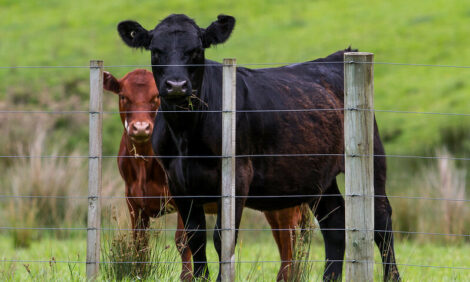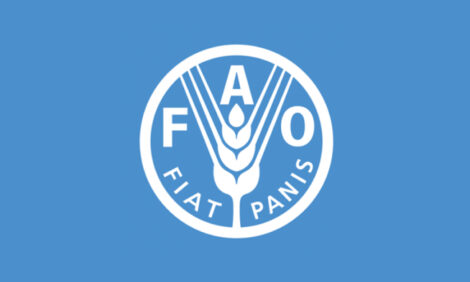



Ethanol Byproducts for Cattle Feed Reduce Costs
US - The fact that feedlot producers rely on corn as a main component of their cattle diets is not news to anybody.
However, those days of $2.00/bushel corn may be long gone. Instead we will assume a likely scenario of corn prices in the range of $3.50-$4.00/bushel for the near future, and attempt to devise some viable alternatives to replace part of this key ingredient in feedlot diets.
One set of strategies involves using alternative feed sources to reduce the dependence on corn. With the development of the corn ethanol industry, there are many co-products available for the animal feed market. Some of the most common co-products from the wet and dry corn milling processes include distillers grains with solubles (wet, modified, and dry), corn gluten feed, and condensed distillers solubles.
In order to demonstrate the potential of the use of co-products in total feed cost savings, let’s consider two corn price scenarios: one with corn at $3.50/bushel and another one at $4.00 /bushel. Including 25 per cent wet distillers grain with solubles (WDGS) represents a saving of about 4 percent in feed cost of gain by including co-products in the diet with corn at $3.50/bushel. With corn at $4.00/bushel, this translates into about seven percent improvement in feed cost of gain. As you can see, the per cent of savings in feed cost of gain greatly increased from a scenario of corn at $3.50/bushel to one of $4.00/bushel, both of which we have seen within the past year.
This is just a simple example of how much the corn price can impact the feed cost of gain when it’s the main component in the diet and how we can modify that by taking advantage of some currently available corn milling co-products. This scenario also assumes equal performance between cattle consuming zero and 25 per cent WDGS, while some research has shown that feed conversions may be improved when distillers grains is included in feedlot diets. This would provide an even greater feed cost of gain response to including distillers grains in the diet.
If we consider that feed costs are the largest input for feedlot operators, feed cost of gain savings of four percent or more may represent the difference between red and black ink in the bottom line, especially when you multiply that four percent by the number of cattle on feed.


